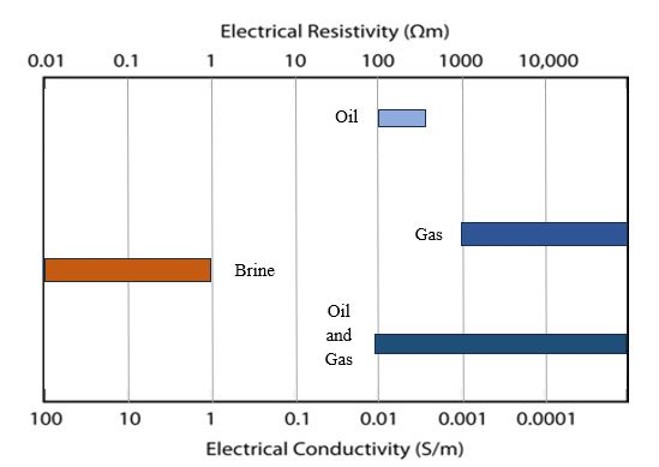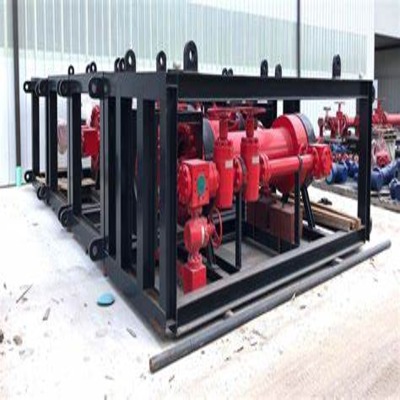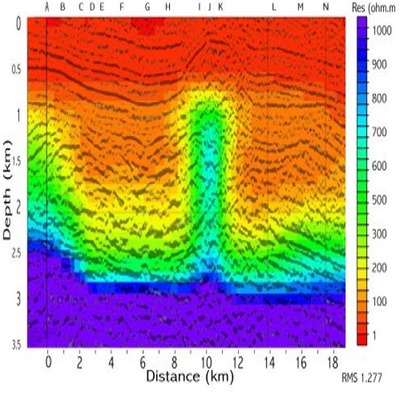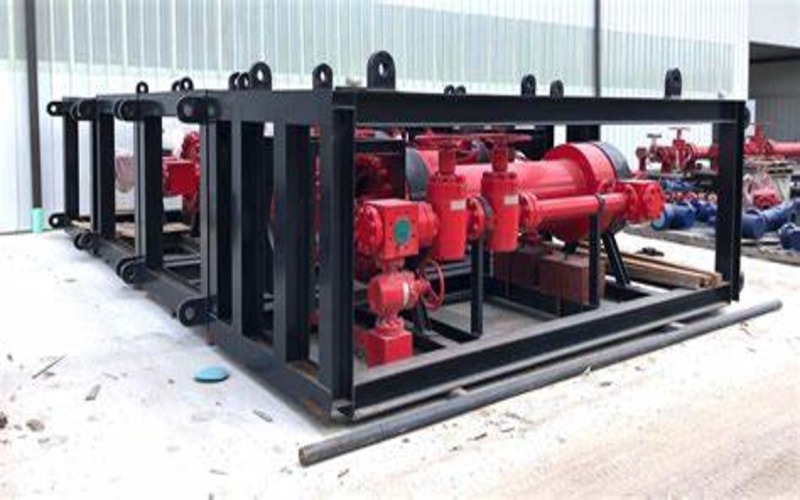
Excessive sand production remains an issue in the Oil and Gas industry.

MAGNETOTELLURICS METHOD IN OIL AND GAS EXPLORATION
Introduction
- EM method rely on electromagnetic wave induction. A time-changing magnetic field induces electric current in subsurface conductor.
- When EM signals are generated and transmitted through the subsurface, a primary field is generated. When this primary field interact with a conductive material in the subsurface, a secondary field is generated which is receive by the receiver.
- EM methods can be either passive, utilizing natural ground signals (e.g. magnetotellurics) or active, where an artificial transmitter is used.
MAGNETOTELLURICS METHOD
- MT is a passive electromagnetic method that measures natural variations of the Earth's magnetic and electric fields over a wide range of frequencies to investigate the subsurface conductivity structure.
- This method uses the natural variation in the geoelectric and geomagnetic field as a source of energy.
- MT is sensitive from a few hundred meters to a several 100km depth.
SIGNAL SOURCE
- Solar activities
- Thunder storms
- Ionosphere resonance
- Magnetic field generated from the rotation of the Earth Core.
APPLICATION IN THE OIL AND GAS INDUSTRY
- Geologic structure and lithology; MT can delineate different geological layers based on resistivity contrasts, helping to identify stratigraphic units and their boundaries.
- Structural features; MT can identify faults and fractures based on resistivity contrasts, which are crucial in hydrocarbon migration and accumulation.
- Structural features; MT can identify faults and fractures based on resistivity contrasts, which are crucial in hydrocarbon migration and accumulation.

FIELD SETUP AND DATA PROCESSING
- EM fields variation with time is measured by using coil magnetometers and non-polarizable (porous-pot) electrodes.
- MT measurements in each site consist of recording the time series of the electric and magnetic components (in a Cartesian coordinate system Ex, Ey, Hx, Hy, Hz), (Siniscalchi et al 2020).
- MT data can be collected along profiles or in arrays, depending on practical and scientific issues. In the presence of 2D geological structures, profiles are designed perpendicular to the presumed geoelectric strike. Several types of recording units, magnetic, and electric sensors exist, which account for different recording period ranges and thus providing different investigation depth.
- Magnetotellurics (MT) data processing involves filtering noise, converting time series data to the frequency domain, and calculating the impedance tensor to assess subsurface resistivity.
- Dimensionality analysis helps determine the complexity of the subsurface structure, while inversion modeling (1D, 2D, and 3D) constructs resistivity models.
ADVANTAGES OF MT METHOD IN HYDROCARBON EXPLORATION
- Prospect of De-Risking
- Depth Penetration: MT can probe much deeper into the Earth than seismic methods, reaching depths of several tens to hundreds of kilometers. This makes it particularly useful for exploring deep hydrocarbon reservoirs and understanding large-scale tectonic settings
- Sensitivity to Fluid Content: MT is highly sensitive to the electrical conductivity of subsurface materials, which can indicate the presence of hydrocarbons, brines, or other fluids. Hydrocarbon-bearing formations often show high resistivity, making them detectable by MT.
- Environmental and Operational Considerations: MT is a passive method that does not require the introduction of artificial energy into the ground. It uses natural electromagnetic fields, making it environmentally friendly and less intrusive.
- Cost and Logistics: MT surveys are generally less expensive than seismic surveys, especially for large-scale regional studies. The equipment is relatively lightweight and portable, and MT surveys can be conducted in remote and difficult-to-access areas with minimal logistical support.
- Complex Geology: In areas with complex geology, interpreting MT data can be challenging and may require integration with other geophysical and geological data.
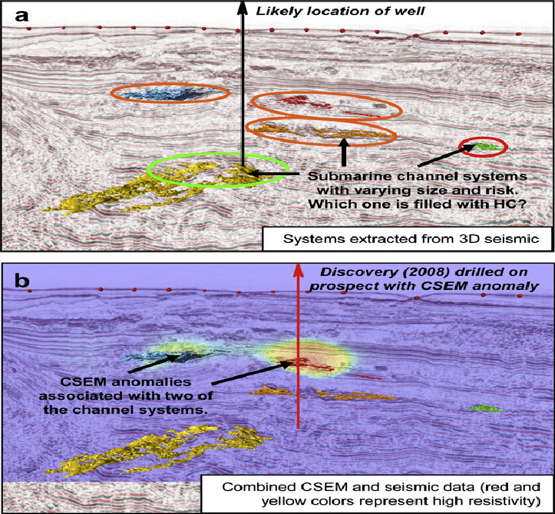
LIMITATIONS OF MAGNETOTELLURICS METHOD
- Resolution: While MT provides good depth penetration, its resolution may be lower compared to active methods like seismic surveys.
- Cultural Noise: MT data can be affected by cultural noise from power lines, pipelines, and other man-made structures, requiring careful site selection and data processing.
- Complex Geology: In areas with complex geology, interpreting MT data can be challenging and may require integration with other geophysical and geological data.
CONDUCTIVITY/RESISTIVITY OF MATERIAL

